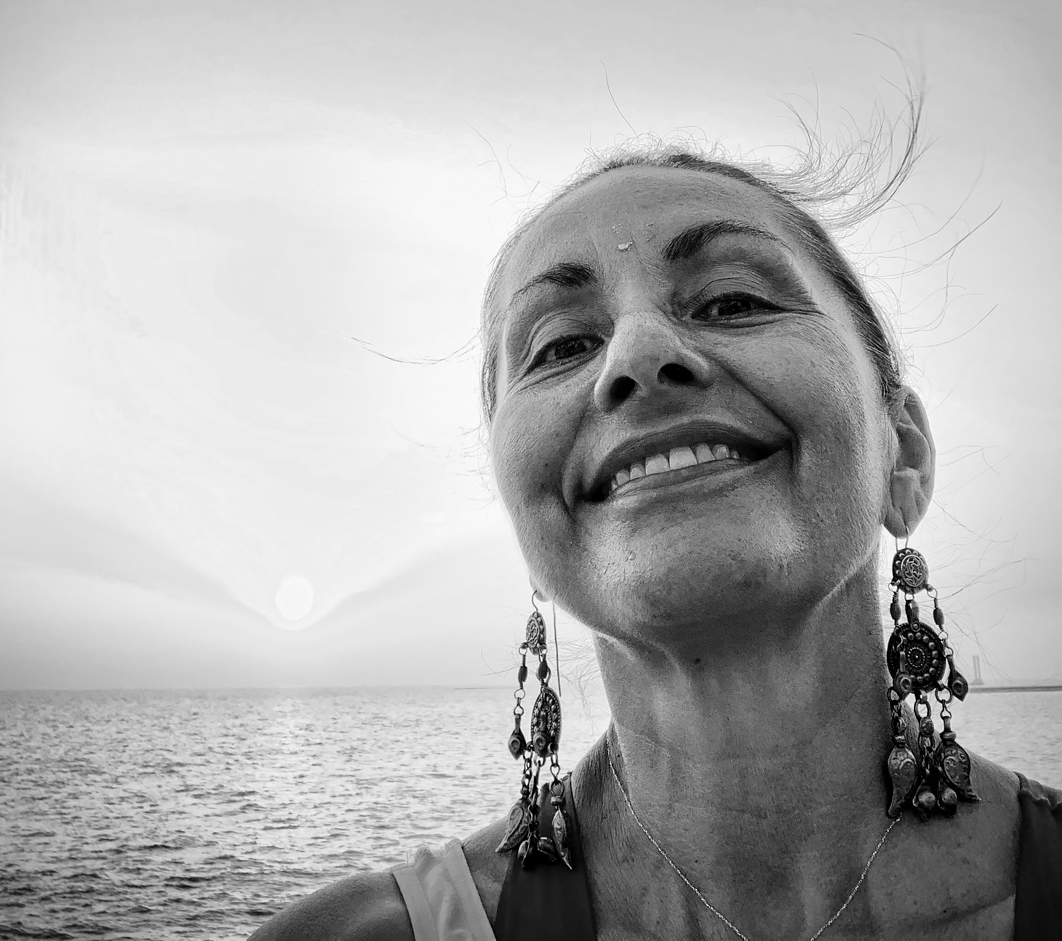I was born and raised in Salinas, California (U.S.), a farming community known for its lettuce. As a daughter of Mexican immigrants, I became aware of, and sensitive to, the differences between the immigrant and non-immigrant communities and their perspectives, which at times felt narrow and somewhat limiting. Growing up surrounded by family grounded me deeply, yet an insatiable curiosity and passion for learning about the world beyond me, called out. I spread my wings and traveled to destinations that were completely foreign, often under the auspices of humanitarian and educational endeavors. The lens through which I saw the world opened-up and expanded my perspective, just like a camera. Through first-hand experience, I became aware of the lives and conditions of marginalized and oppressed peoples globally. This new dimensionality helped me to confront certain realities, to grow, and to self-reflect on what it means to be human. It also led me toward activism and social documentary photography, which enabled me to blend visual narrative with the stories of other people through projects or partnerships in Uganda, the Occupied Palestinian Territories, Spain, San Francisco and more. My photographic work is my passion, and it serves to create awareness and a more intimate human connection, by encouraging a path that looks beyond our limited and inherent perceptions and conditioning.
Statement
In America, we place so much value on individuality and independence, that we forget how truly interdependent we are on one another, both on a local and global scale. We have become hyper-focused on the self and are losing our ability to empathize and see the intense vulnerability around us—though considering recent events, this appears to be shifting. As a social documentary photographer, I am drawn towards people and the conditions that are relevant in their lives, as individuals and as members of a family, community, or society. Our perception of the world can be limited to our own multi-faceted forms of conditioning; I utilize the impact of visual narrative to bring awareness of the human condition worldwide. There is so much beauty in diversity. I want to validate that diversity through photography, to help others grow in that appreciation, to demonstrate that we are all a part of something collectively - that life's experience doesn't begin and end with us, as individuals. Dominance consciousness is so pervasive in society; it's like a box with thick walls and nothing to see, nowhere to go, devoid of any inspiration. It kills curiosity and ideas. I want us all to be inspired and curious by the diversity we see and experience in everyday life. Diversity is beautiful.
